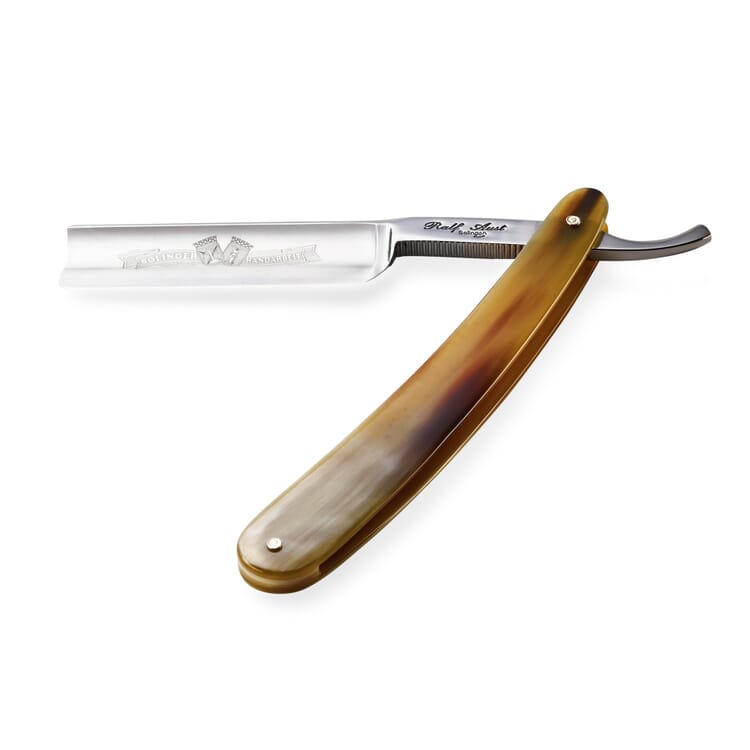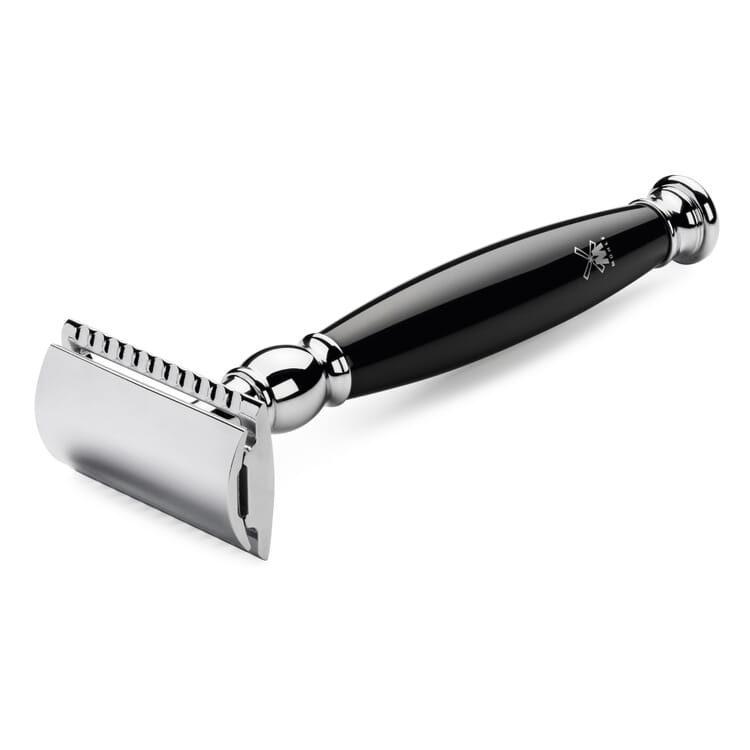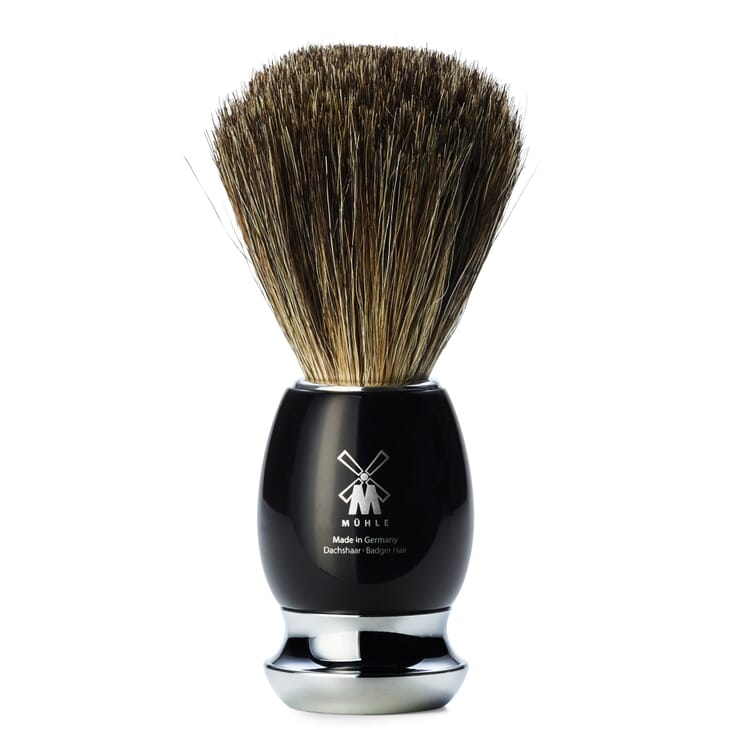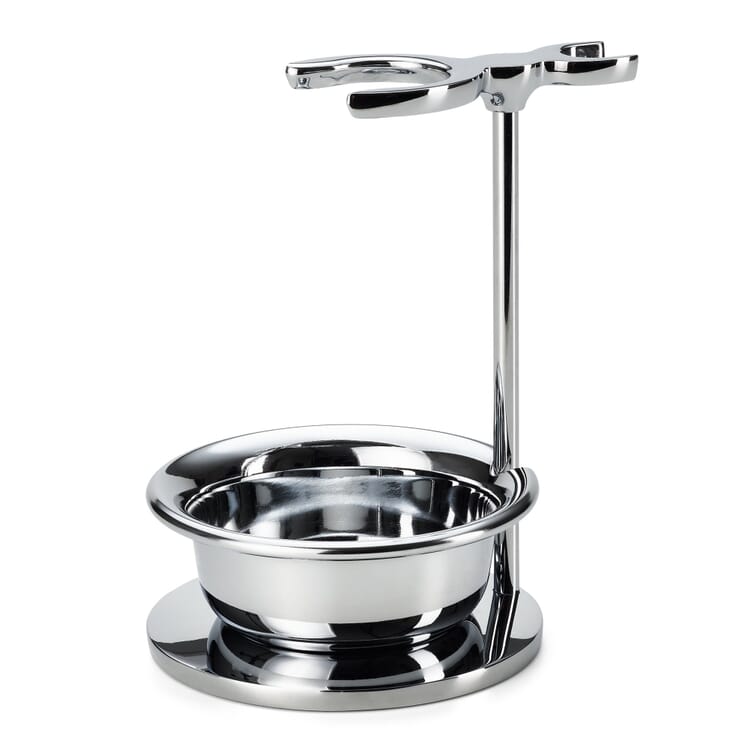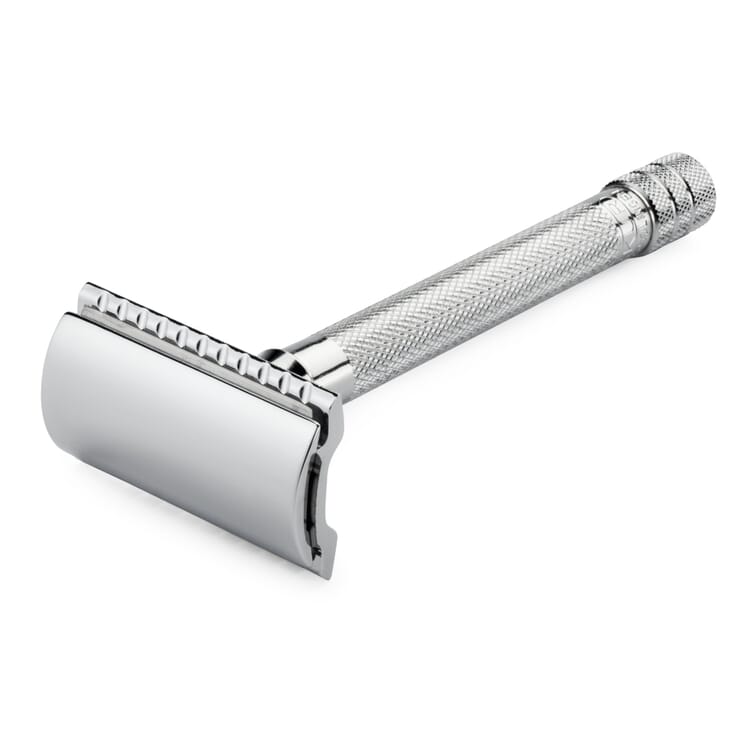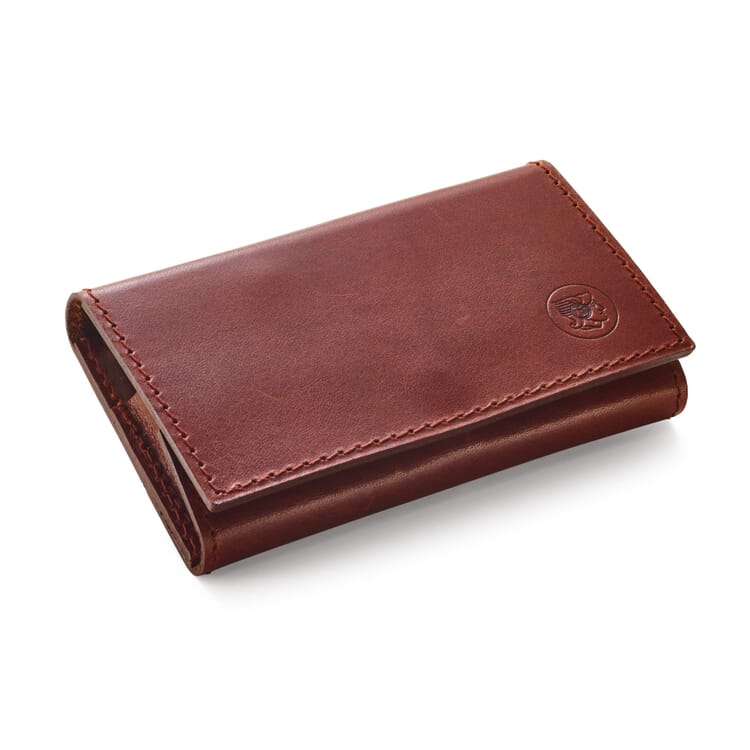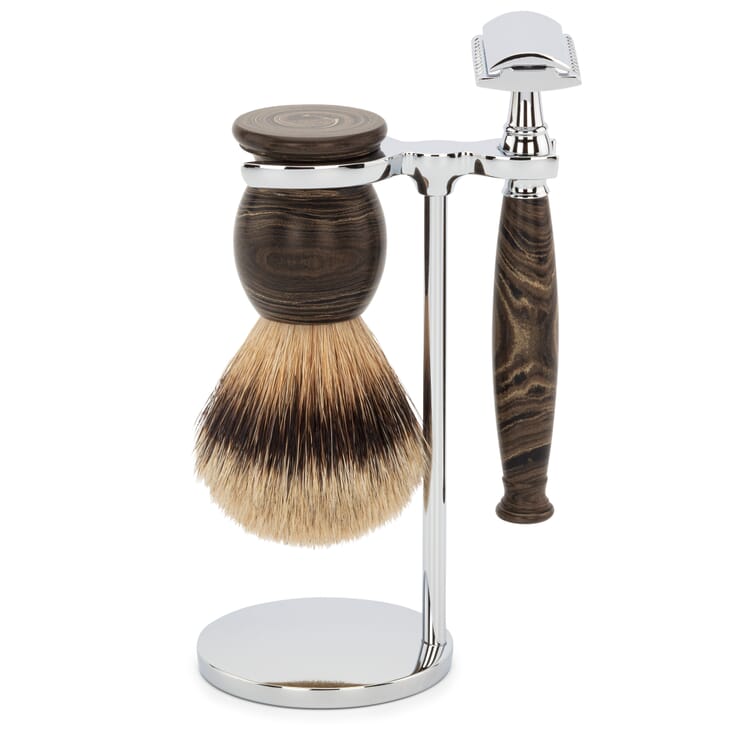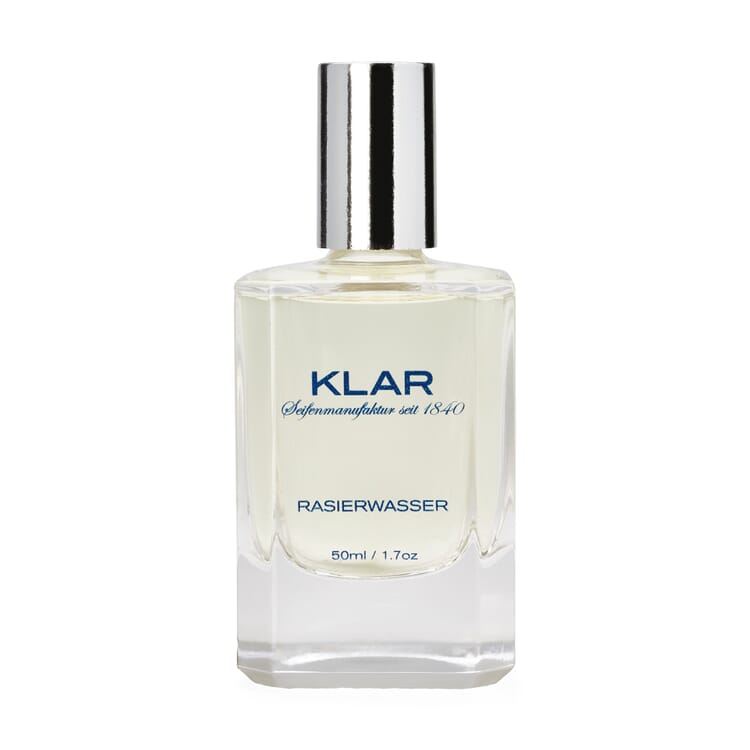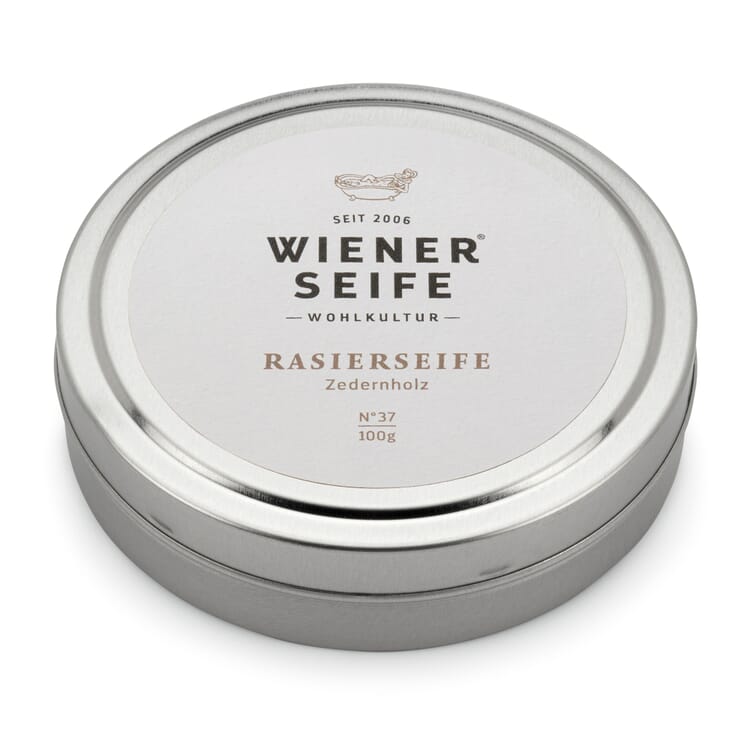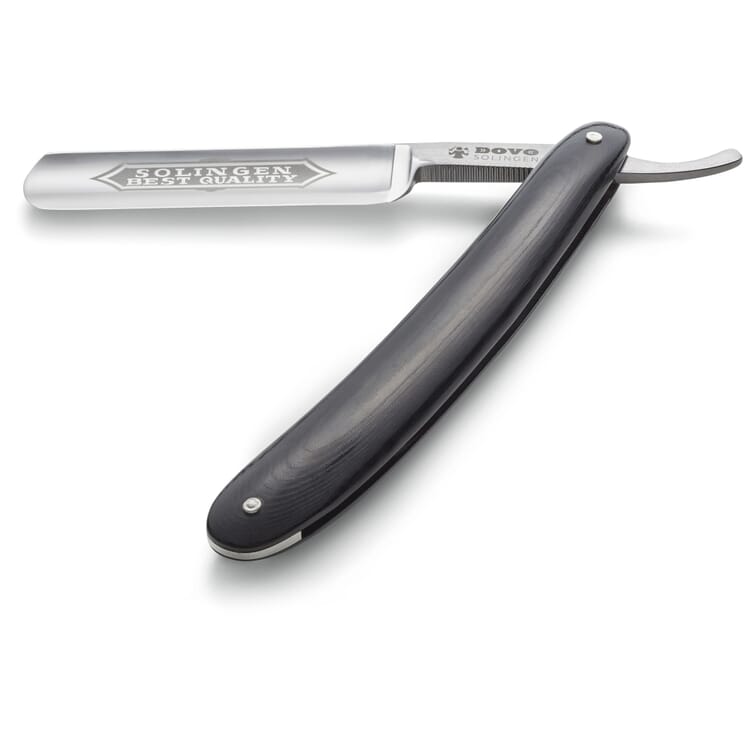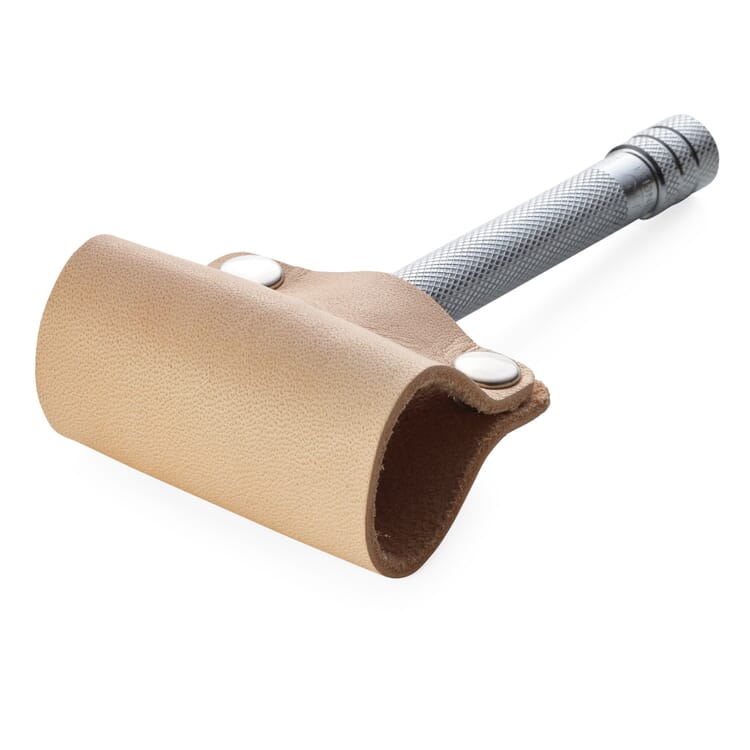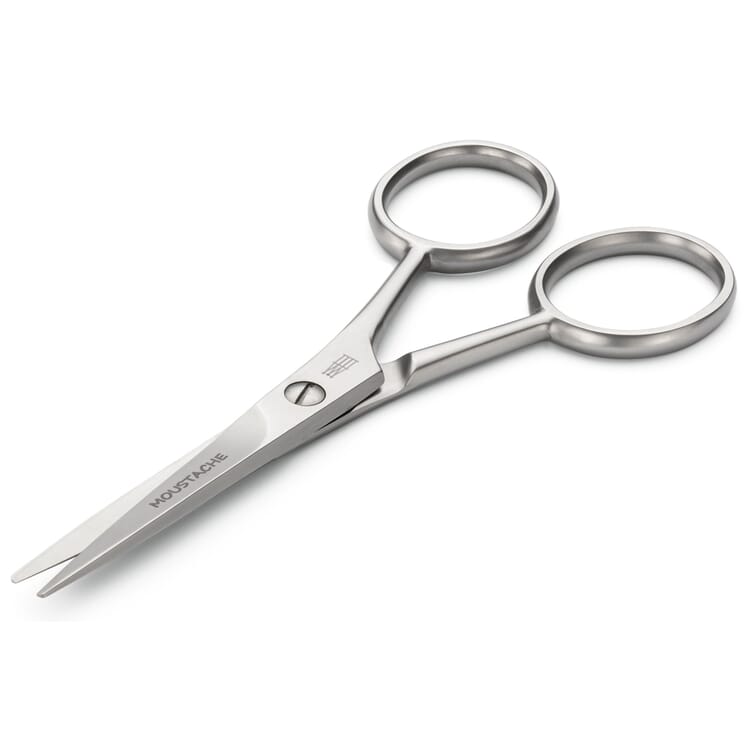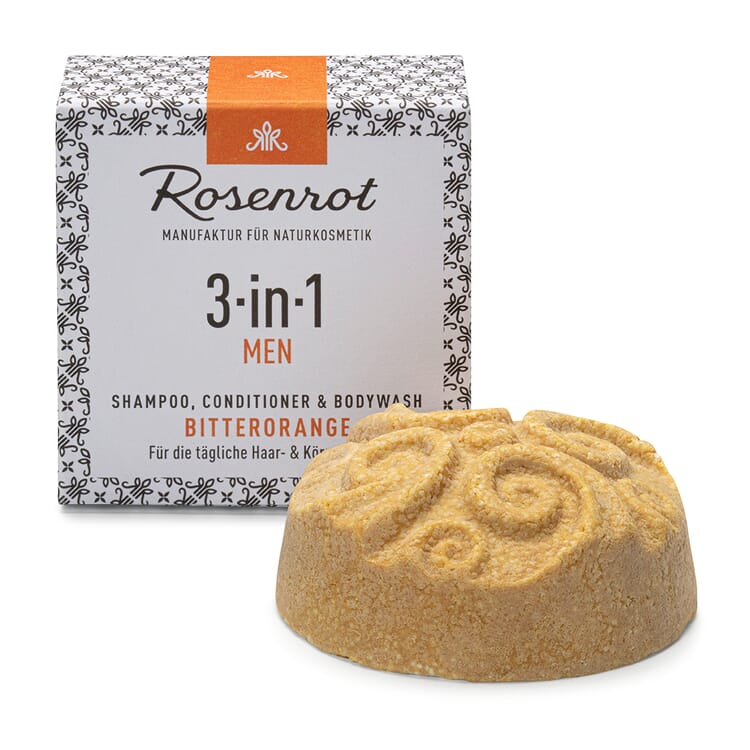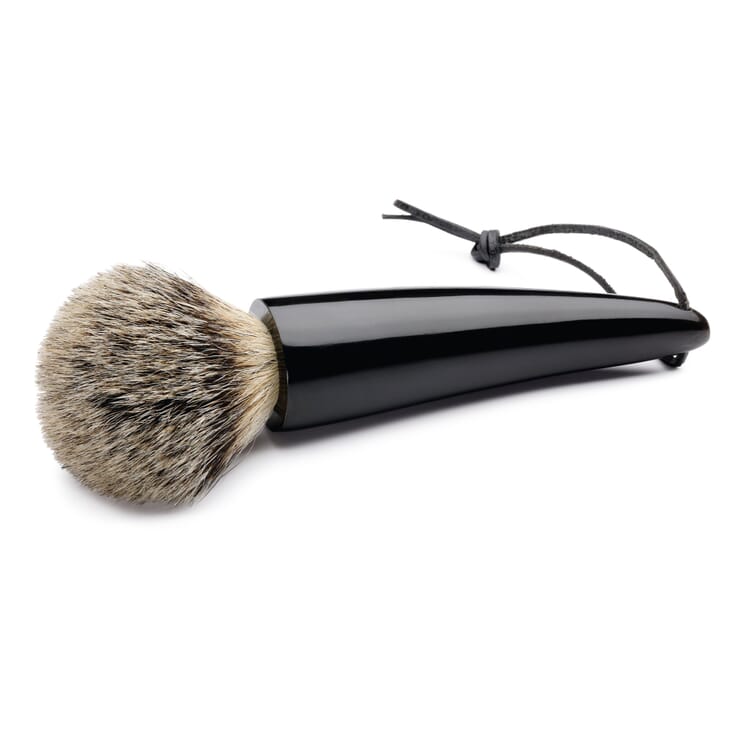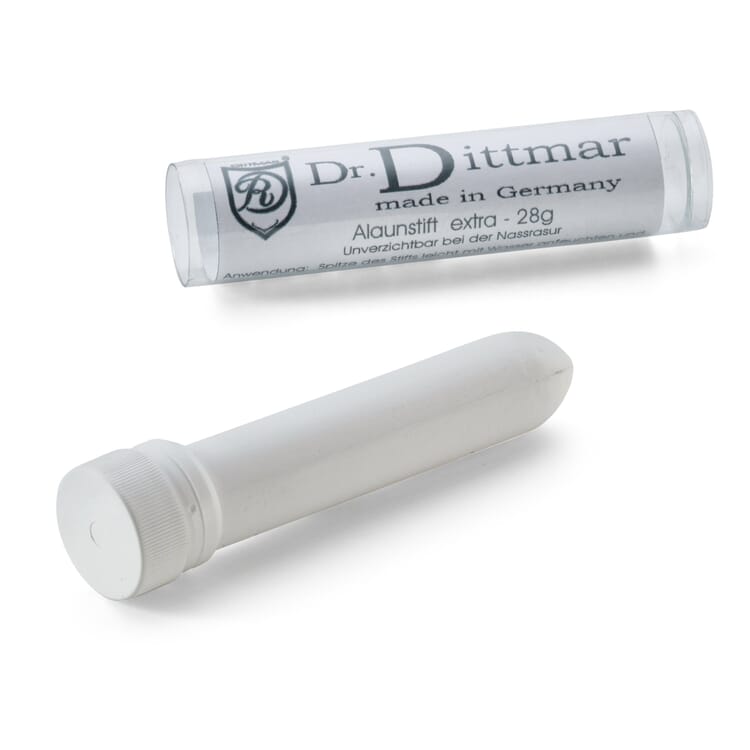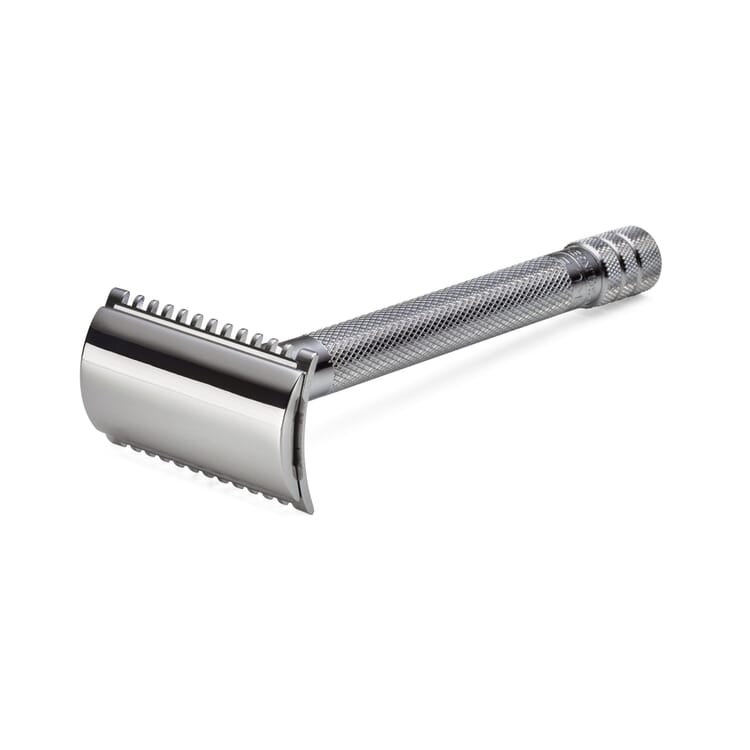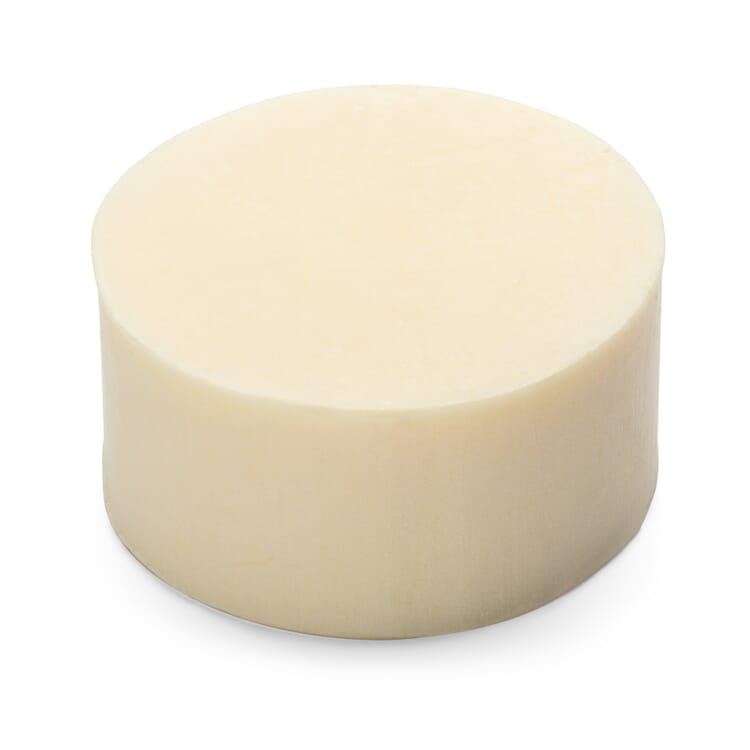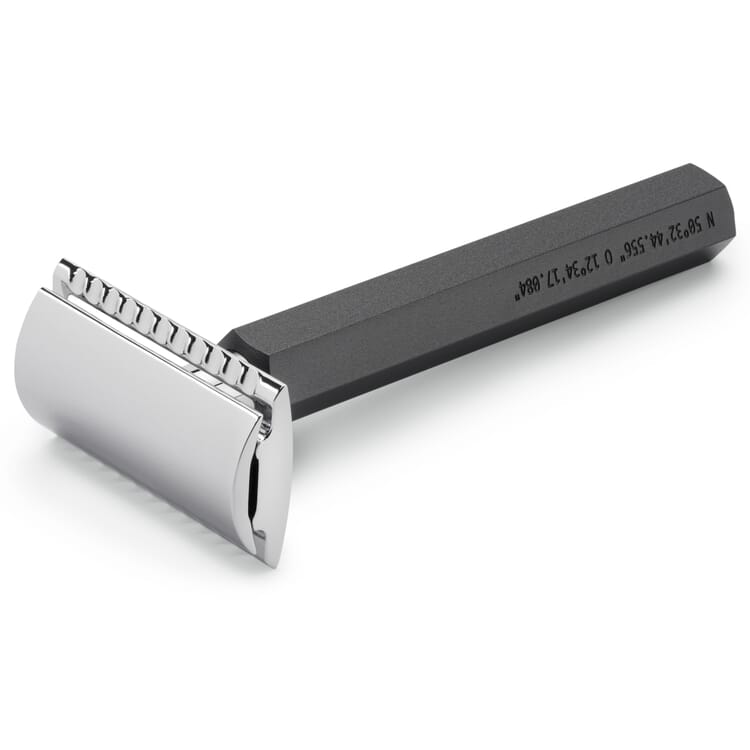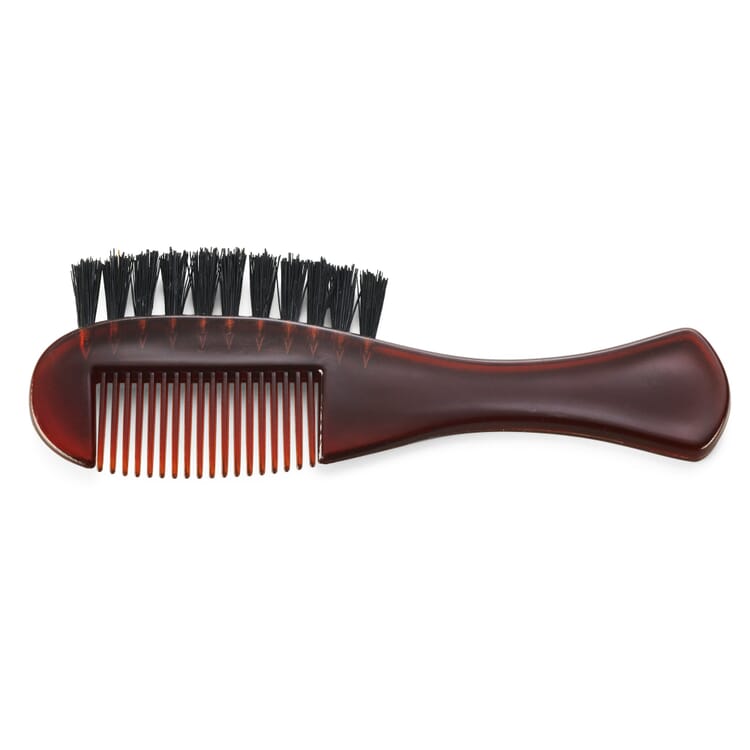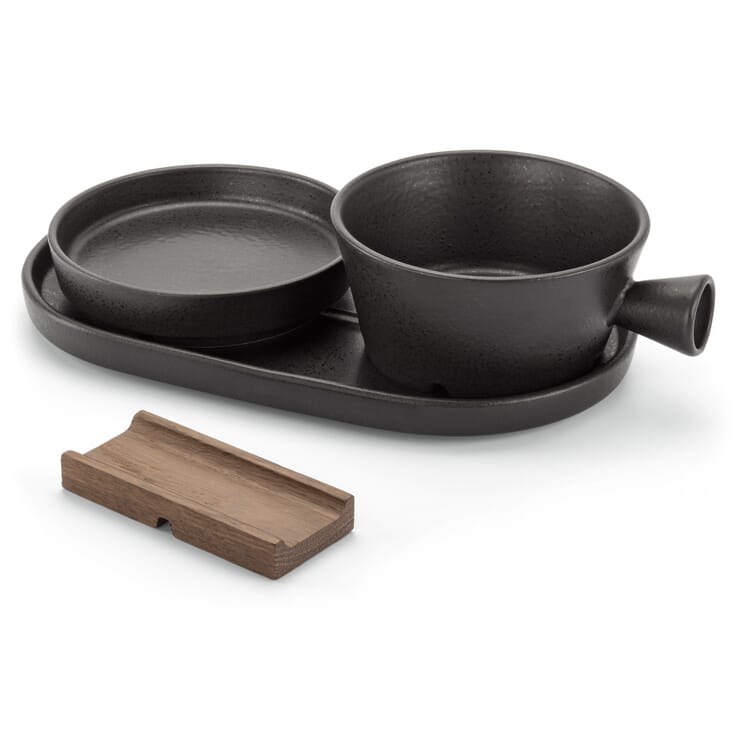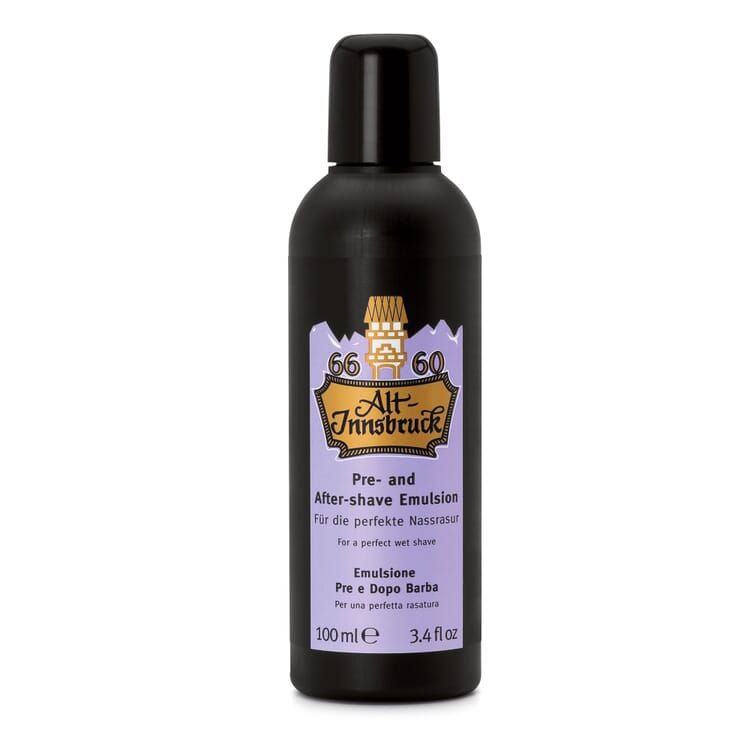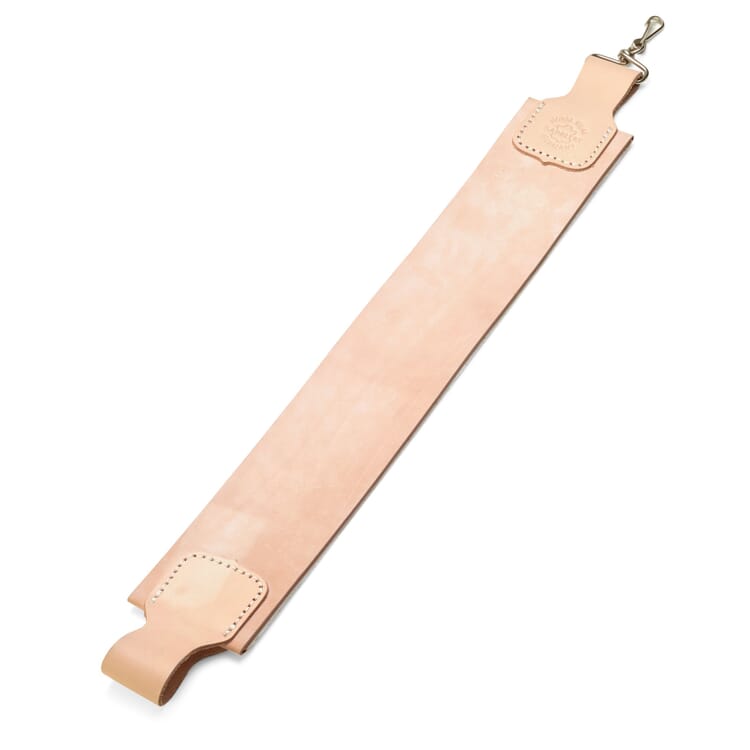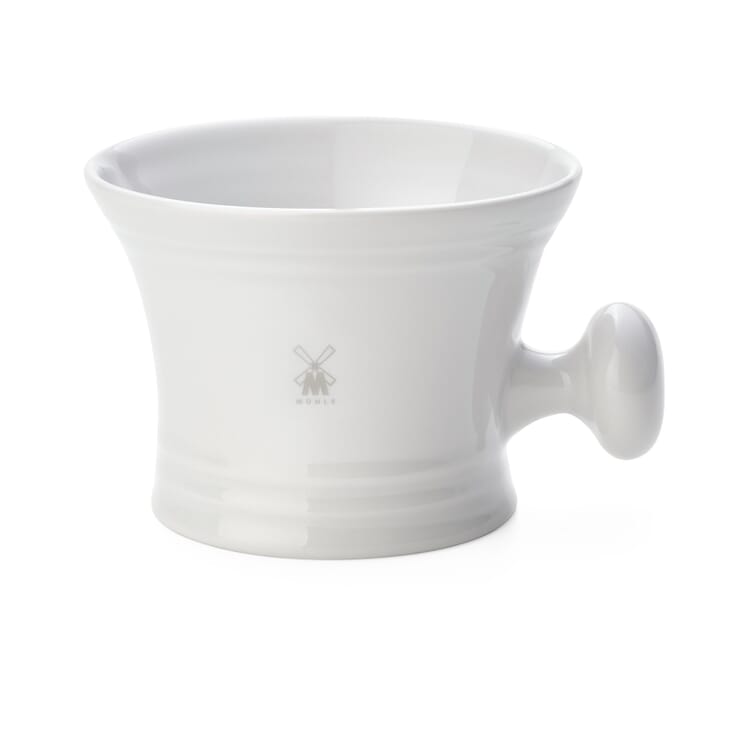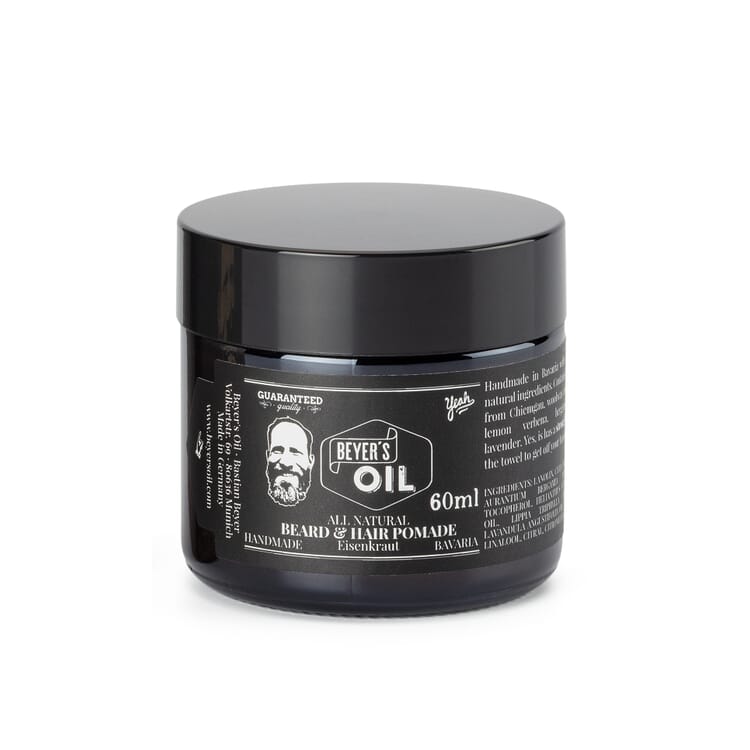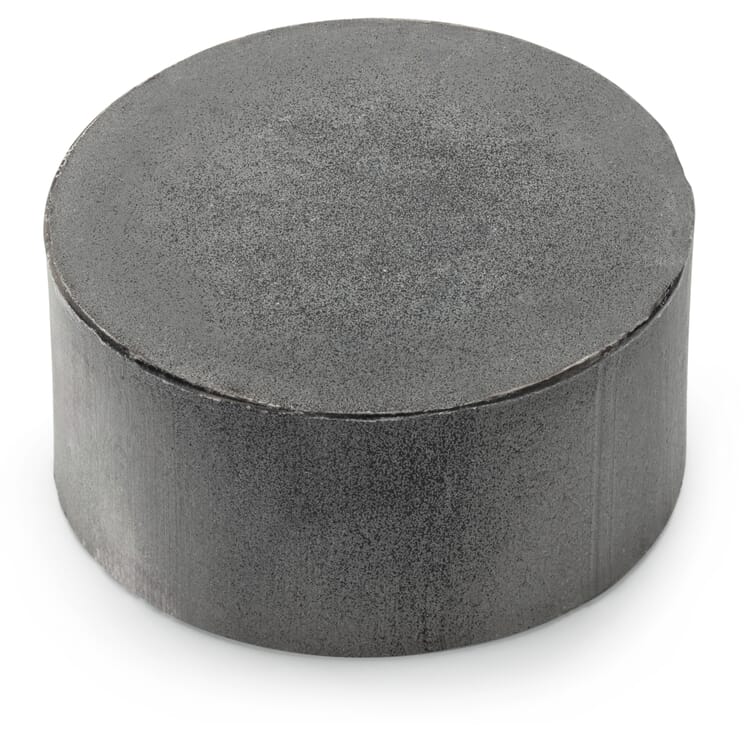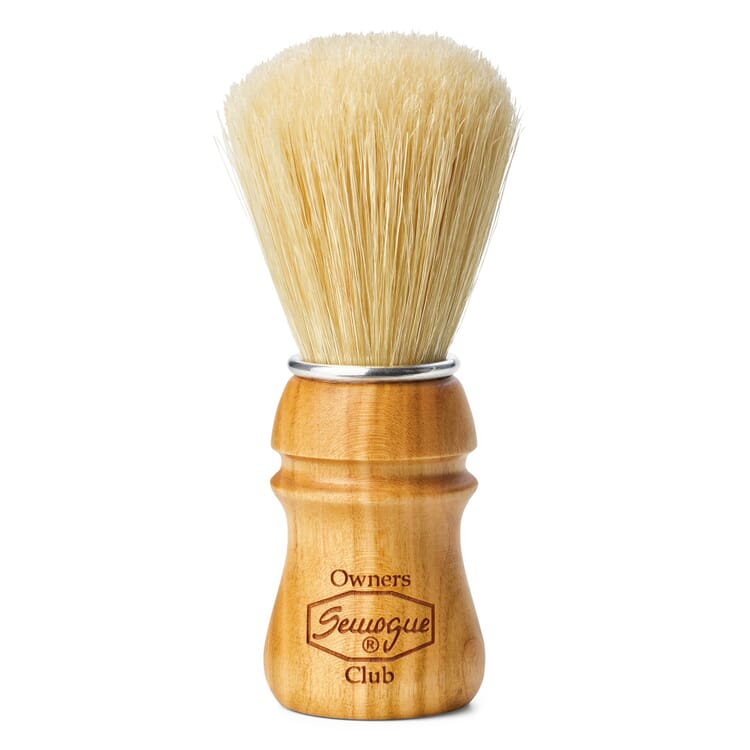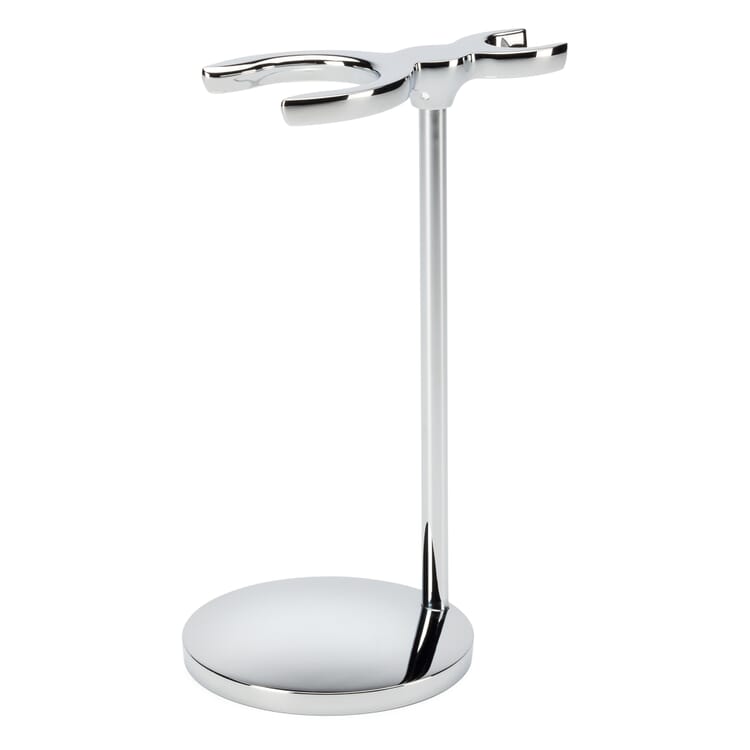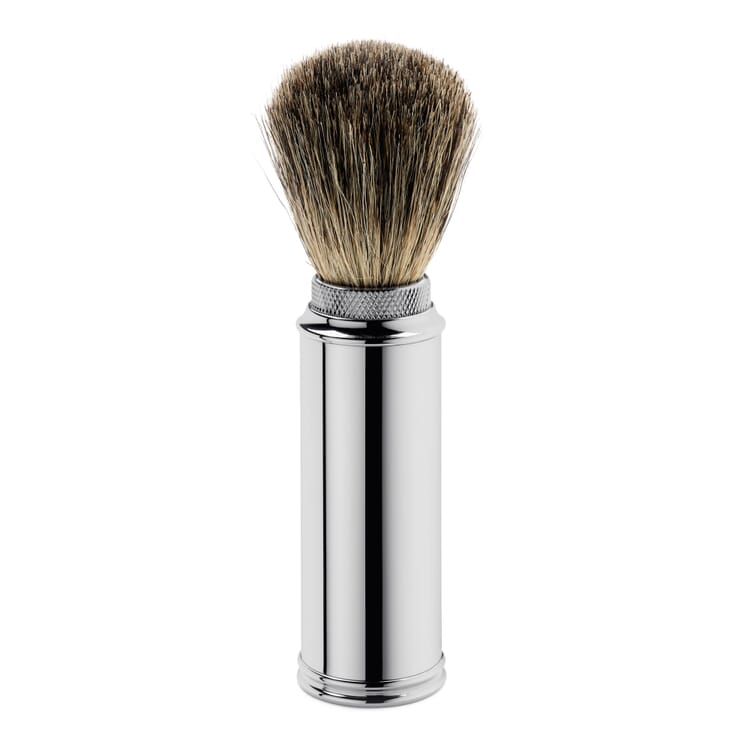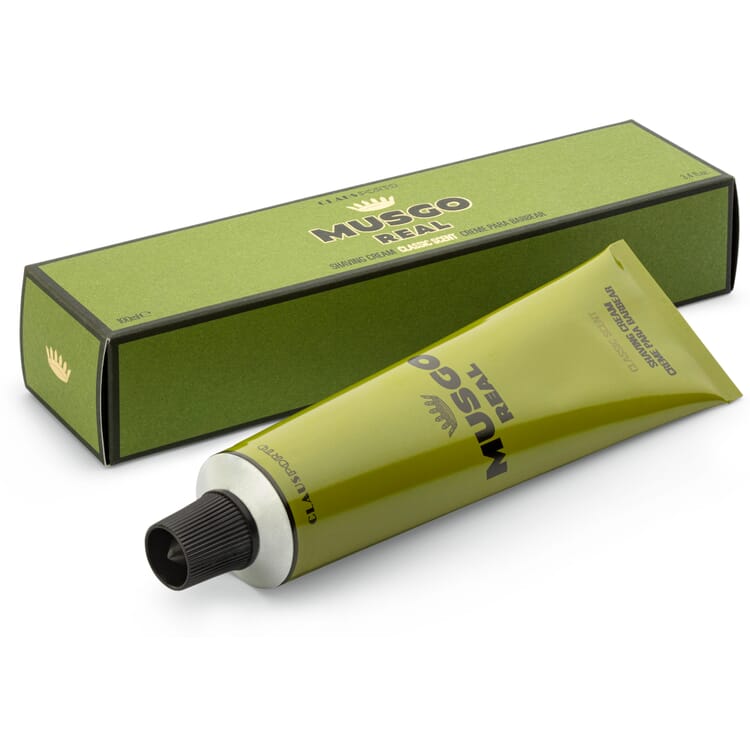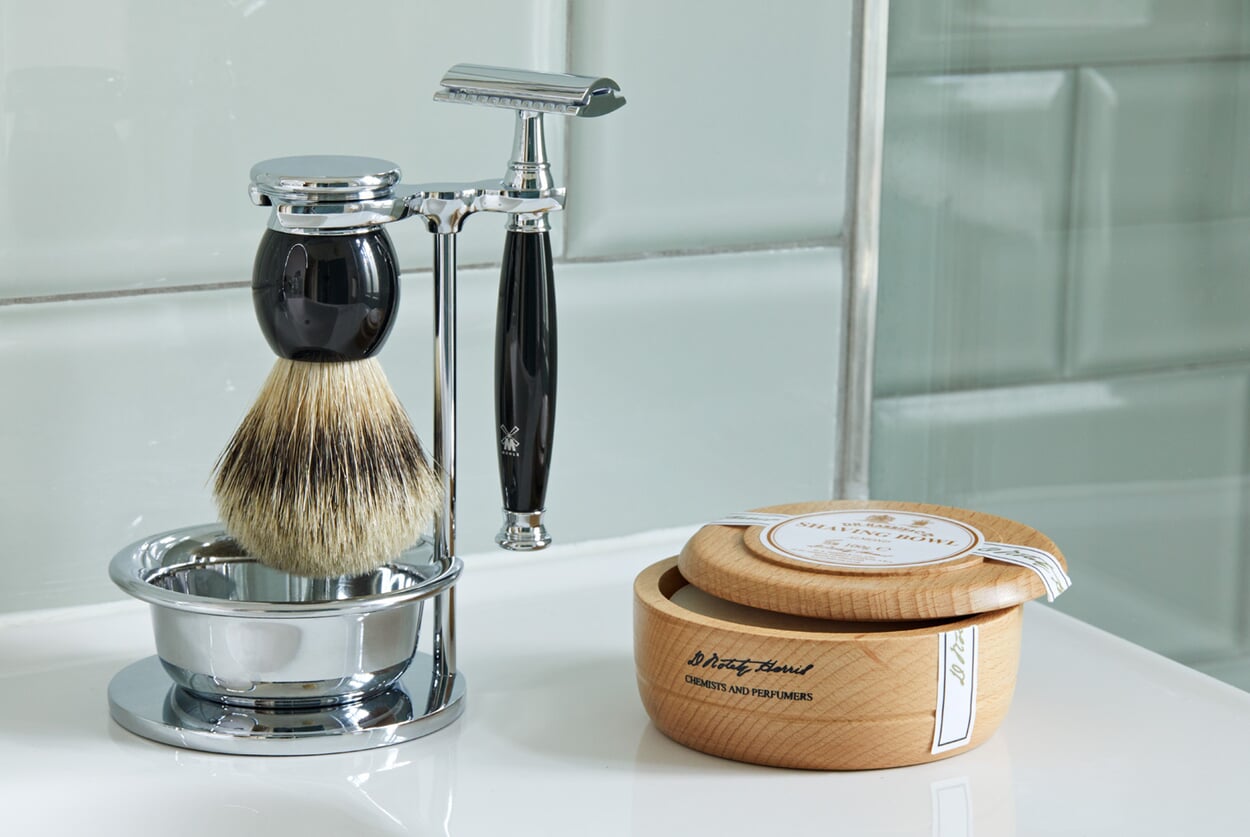Shaving
Although it’s easy to see why shaving has historically been viewed as nothing more than a necessary evil – for many centuries the shave was anything but a pleasure – things have changed for the better. Read More
IDEAS & ADVICE
Shaving in Time. From Questionable Pleasure to a Much-Cherished Alternative.
Although it’s easy to see why shaving has historically been viewed as nothing more than a necessary evil – for many centuries the shave was anything but a pleasure – things have changed for the better. In fact, these days it’s fair to say that a shave can even be a soothing ritual if you find the right method and the right care products to suit your needs. Despite the fact that they have barely changed on the outside, today's razors are hardly comparable with their forerunners. The classic wet shave and the use of so-called quaint instruments (which also includes the safety razor) are therefore not a step backwards. In contrast, they represent a step forward, towards more control over the quality of the shave.
Shave it off. The Earliest Evidence of Shaving.
The challenge has always been the same: if you are going to remove a beard, either partially or completely, you need a sharp tool for the job. However, the tools available and the comfort they provide has been subject to considerable fluctuations over the millennia, with one’s home region’s cultural heritage and social class playing a great part.
The precise point in time when man began to get rid of his facial hair can only be guessed at. However, cave drawings from around 10,000 BCE show figures with short beards or even smooth-shaven cheeks – or at least as smoothly shaven as devices from that time would have allowed! Early archaeological finds confirm the existence of shaving ‘scrapers’ from the 6th century BCE. Since they were made from igneous rocks like obsidian or sedimentary rocks like flint, we have to assume that even the sharpest among them would only have served to rub the hair from the cheeks. Other rudimentary instruments, such as mussel shells and shark teeth, were not exactly gentler on the face either.
The Golden Cut. Shaving in Antiquity.
A glance back at the advanced civilisations of antiquity reveals the Egyptians as early advocates of a completely shaven face – beards were regarded as a sign of an unclean and careless attitude. Those who could afford it engaged a barber, whilst shaving oneself was equally widespread. More auspicious Egyptians shaved themselves with copper or gold knives, until the middle of the second millennium BCE when the harder bronze, which can be ground to higher sharpness, became the material of choice. The less wealthy, on the other hand, continued to use shavers made of flint as well as resorting to other primitive methods, such as hair removal by scrubbing with pumice stones.
In European antiquity, shaving began with Alexander the Great, in the fourth century BCE. It is said that he ordered his soldiers to shave themselves in order to avoid offering the enemy anything to hold on to during battle. This, in turn, led to a period of “barefacedness” in the Greco-Roman world. A short time later, being clean-shaven was considered a distinctive feature, allowing one to distinguish oneself from the "bearded barbarians".
Worthy of Imitation. The Path of the Beard from Top to Bottom.
And antiquity was just the prelude for how things would play out over the centuries: whether men wore a beard and what style they chose depended greatly on the example set by crowned heads or other key opinion leaders of the time. Whilst one important man was clean shaven, the next might wear a full beard, another one a moustache, and still another one small tufts of hair on both sides of the chin. And people followed their ruler – sometimes more or less voluntarily – as in the case of the Russian Tsar, Peter, who imposed a compulsory levy on facial hair to end a long tradition of long beards. However, most of the reasons for the different styles were fashion-based and led to willing imitation by the simpler folks.
Whipped into a Superior Form. The Barber's Trade.
With the beginning of the twelfth century, a time when most Northern European men were shaving, barbers began to professionalise: As the one who had a sharp-bladed razor as an indispensable tool of their profession, the barber surgeon was the one who could perform minor surgical procedures such as bloodletting, cupping therapy or pulling teeth. Barbers could also bathe, cut hair, shave or trim facial hair. Their apprentices took over the job of "shearing" in the public baths – a service that was in heavy demand, but at the same time still had the reputation of causing "grief, work and pain". In medieval Europe, shaving soap was not yet known, so the bearded men had only the choice between "truck shears", which may have been similar to the earlier scrapers, and "cleaning on wet benches", a variant in which the facial hair and skin was at least softened by water and steam for shaving. Unsurprisingly, many people would not expose themselves often to these treatments, so the sight of a rather stubbly face remained quite a common thing, even in the upper classes.
At last, salvation from suffering arrived in the form of lather in the 16th century. Not to mention the improvements to razor blade quality in the 18th and 19th centuries: the blades were now made of steel with their edges hollow ground, a feature that made them sharper and thus gentler on the skin when shaving.
A Hairy Concern. The Beard as Indicator of Political Conviction.
In the 19th century, it became common to demonstrate political attitudes with certain beard styles: many of the future-oriented participants in the Wartburg Festival wore a beard or moustache in 1817, and the fervent supporters of the July Revolution of 1830 also showed themselves with noticeable facial hair. In the light of these developments, precautions were taken, and the wearing of a beard was strictly regulated in many regions. After the revolution of 1848, however, the boot was on the other foot. The beard, which had long been a sign of liberal thought, spread into ever-wider circles so that it also began to be used in conservative milieus. Indeed in Germany, Emperors Wilhelm I and Wilhelm II were both able to establish their respective beards as symbols of loyalty to the idea of monarchy.
At the same time, the custom of visiting a barber for a shave was still widespread in Germany (as opposed to in neighbouring France, for example). However, the lack of hygiene in barber shops, not to mention the poorly maintained and therefore quite blunt equipment, gave rise to a desire for a pleasant alternative. After having remained unchanged for so long, shaving instruments were suddenly subject to a radical facelift. The first of these was the safety comb, designed to protect the skin from the sharp blade better when shaving oneself. Then, when in England around 1870 the first safety razor with a fixed handle arrived on the market, the blade found its new horizontal position, which allowed the correct shaving angle to be maintained with ease.
Comfort First. New Methods of Shaving from the Last Century.
At the turn of the twentieth century, a man came onto the scene whose name remains synonymous with shaving, even to this day: the American travelling salesman, amateur inventor and author of social-utopian books, King Camp Gillette. Gillette invented the principle of the disposable razor blade with two cutting edges, which could be fixed into the safety razor. Although a German knife grinder named Grohmann had simultaneously presented an equivalent invention, it was the name Gillette that managed to establish itself in the collective consciousness over the long term. The new blades did not have to be re-sharpened, but after a few shaves, they were simply exchanged for new ones. Gillette's motives, however, were less devoted to the bearded man than might be believed. His interests lay in steady sales, guaranteed through regular wear and tear – a plan that worked well. In the years that followed, however, it was not only the sales figures that reached ever-higher peaks, it was also people’s shaving habits that changed dramatically, reflecting the new circumstances. From that point on, it became increasingly common again to be clean-shaven.
With this major turn, the pace of change gained increasingly rapid speed and led to more and more new developments in the field of shaving technology. Whereas in the past, the product designers had reacted to men’s needs with new products, now they began to create new needs: with the incipient electric shaver that allowed one to dry shave, at least in Germany, as early as the 1950s, the desire was built to shave at anytime, anywhere, quickly, and without risk of injury. The wet shaving side of the industry naturally saw it as their duty to react to this new development, in order not to lose out. The comfort aspect was the primary selling point, and in 1970 the first of numerous system razors came onto the market complete with blades cased in plastic. The cases took requirements for safety into account and were easily and quickly changed as a whole for a new one.
Today, the customer is confronted with an almost unimaginable range of devices, each of which, with the help of some new feature, tries to stand out from the crowd. Beard fashion is now more than ever a clear sign of individual expression, and the possibilities to express style and individuality are greater than ever before. It is, therefore, all the more important to look intensively into the subject of shaving to figure out which specific needs and expectations are essential for oneself.

